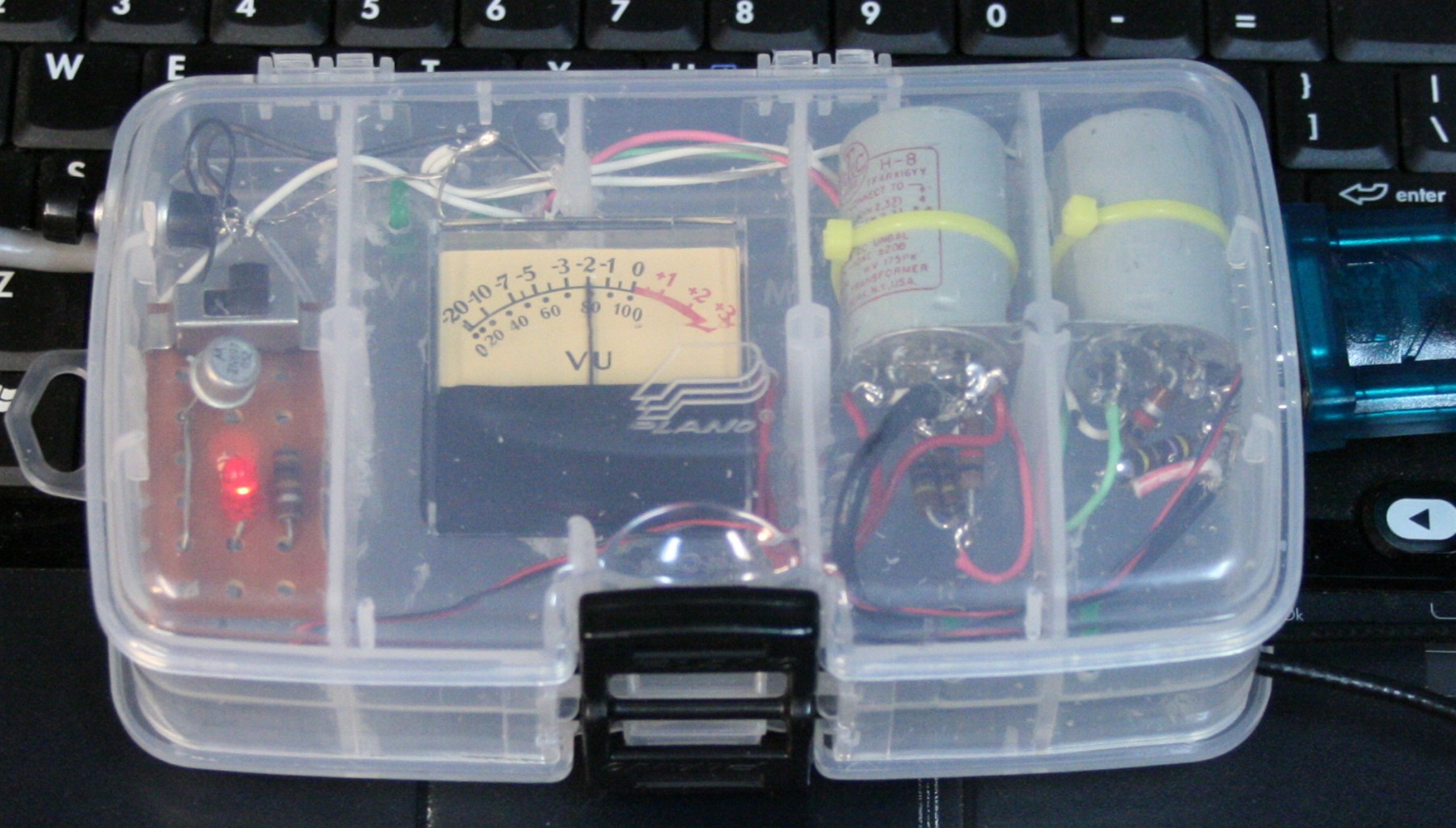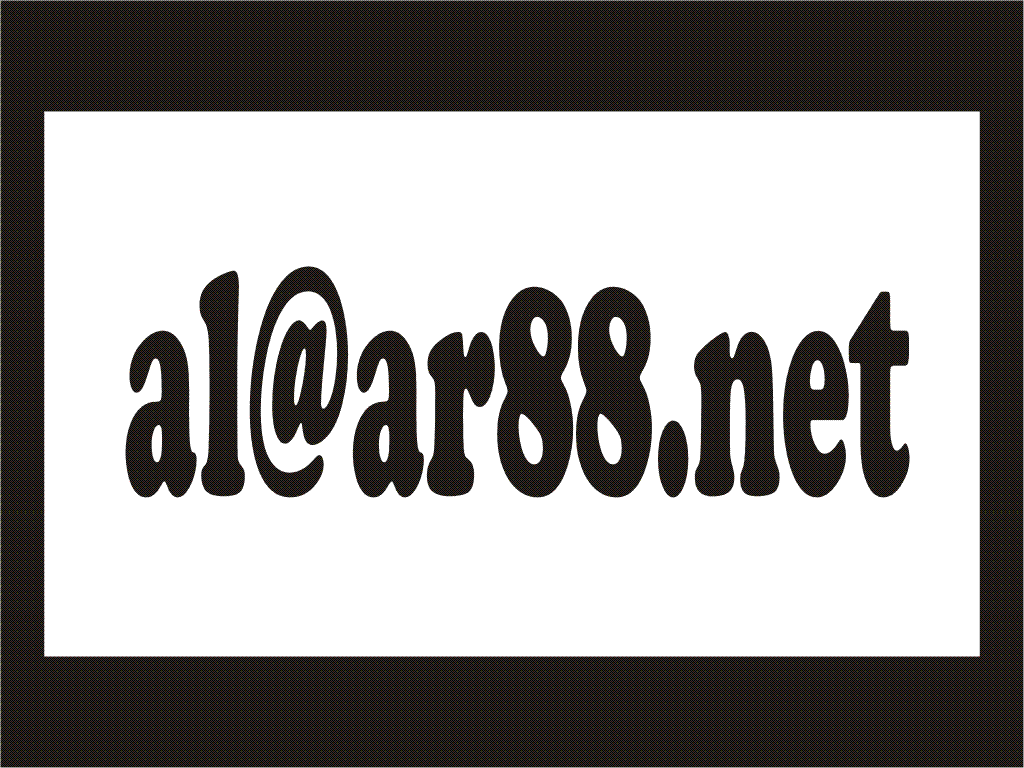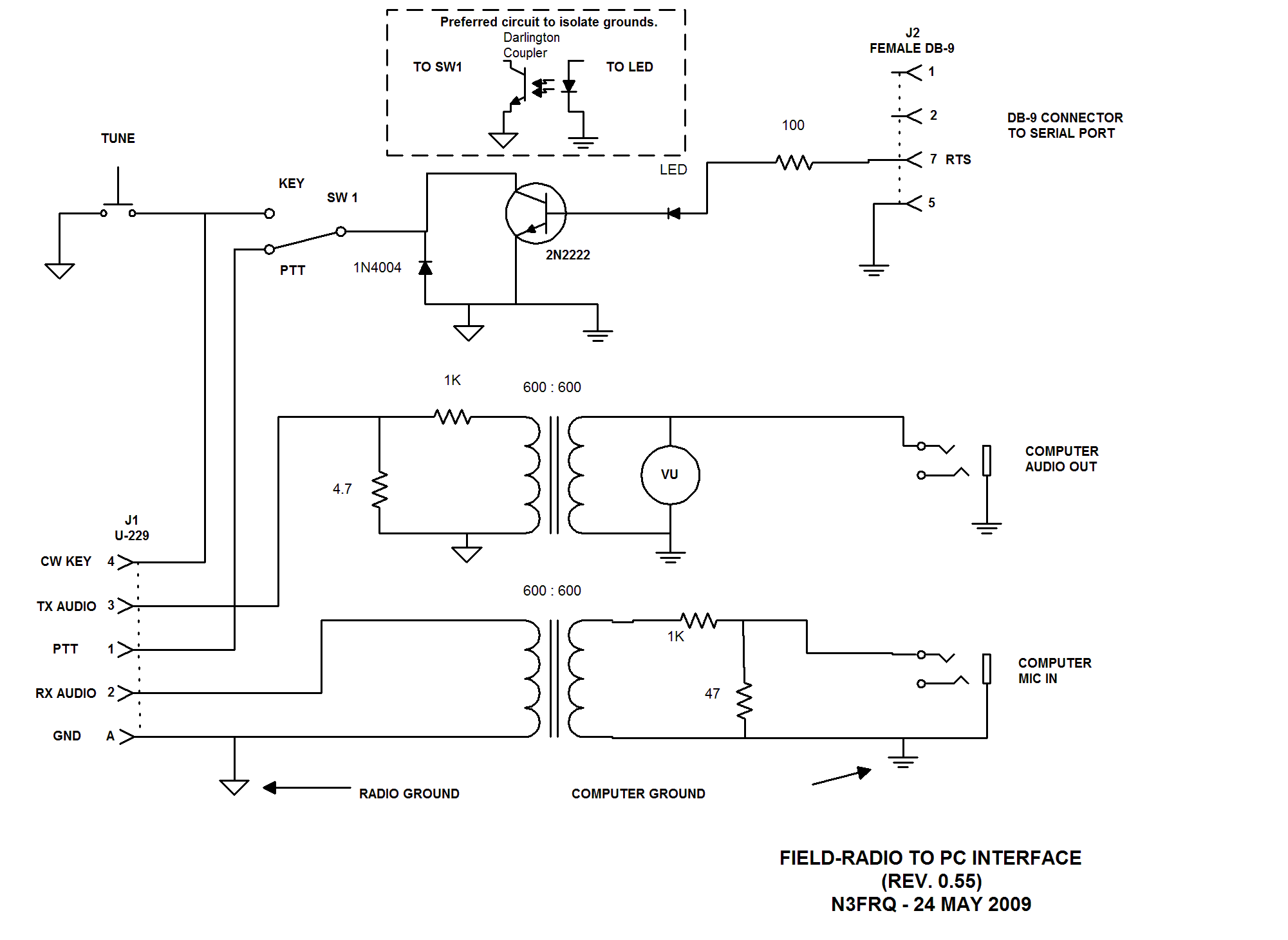I've been running "Digital Master 780" a part of the "Ham Radio Deluxe" distribution.
It's free here: http://www.ham-radio-deluxe.com/


| N3FRQ homebrew interface being used with AN/PRC-104 and
Acer Aspire "netbook". All components fit nicely in the medium
Alice pack. I've been running "Digital Master 780" a part of the "Ham Radio Deluxe" distribution. It's free here: http://www.ham-radio-deluxe.com/ |
|
| Interface is housed in a small Plano tackle box from Wal-Mart. All cords, except for the RS-232 dongle, fit inside. | |
 |
Pushbotton at upper left activates the KEY line for tuning. Slide switch selects whether the RS-232 Request To Send line activates KEY or PTT. LED indicates that the computer has activated the transmitter, while VU meter indicates appropriate audio output from the computer. Output from the Acer is too low to get a good meter indication, but still sufficient to produce full modulation of the PRC-104 with the attenuator shown in the schematic. Perhaps the meter is not needed, but it reasurring to know the signal is getting this far. Maybe monitoring the transceiver sidetone is sufficient indication. |
 |
|
| Receive audio from the radio is applied to a
600-ohm to 600-ohm transformer. The 1K:47-ohm voltage divider
reduces the signal to an appropriate level to apply to the MIC input of
the PC. Transmit audio from the computer is applied to a second 600:600 transformer. A VU meter indicates the signal level from the PC, about 0.8 VRMS in this case. The 1K:4.7-ohm divider reduces the signal to an appropriate level for the radio's microphone input. The voltage dividers may need to be adjusted for your particular application, but these values shoud be a good starting point. The PC software uses a serial-port line, typically RTS, for DC control functions such as PTT or to KEY a CW transmitter. With most modern PC's, this requires the use of a USB to Serial "Dongle" and appropriate driver software. The RTS line drives the radio via an opto coupler or transistor. An LED in series with the RTS line indicates that it is asserted. A SPDT switch applies the control signal to PTT or KEY as needed. A momentary switch on the outside of the box can be used to key the transmitter manually, e.g., to force a "tune" cycle. |